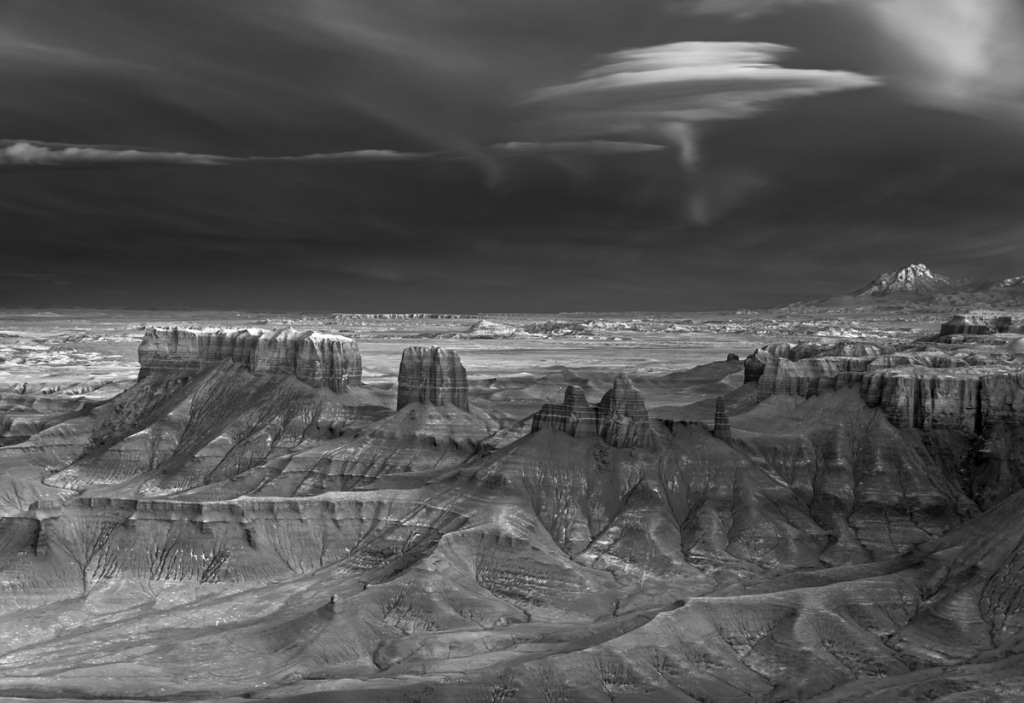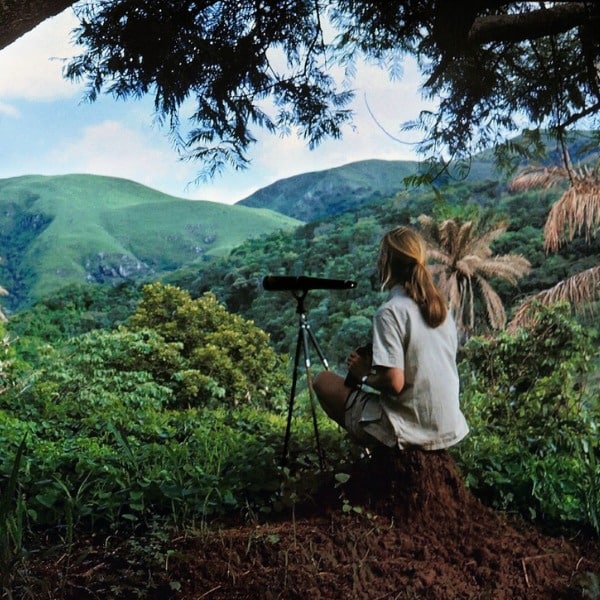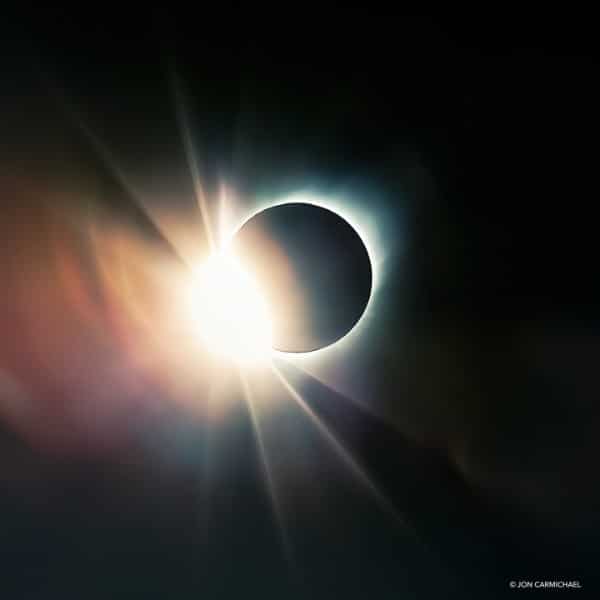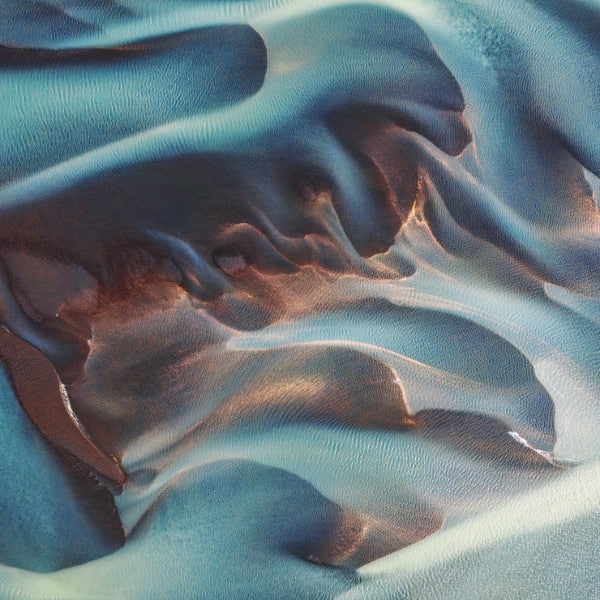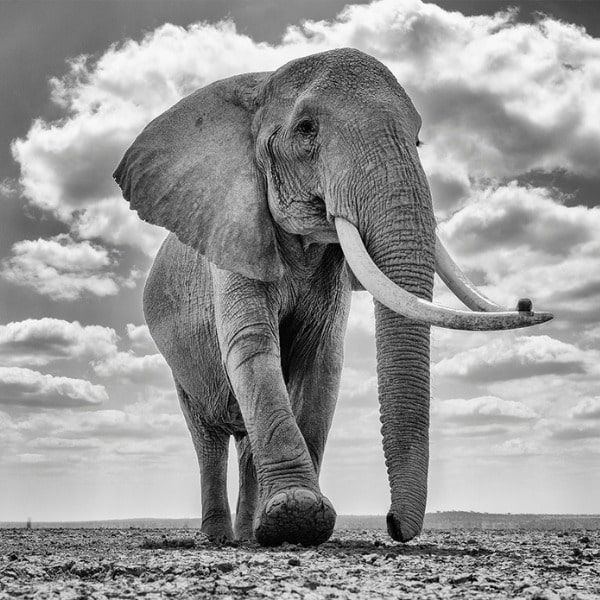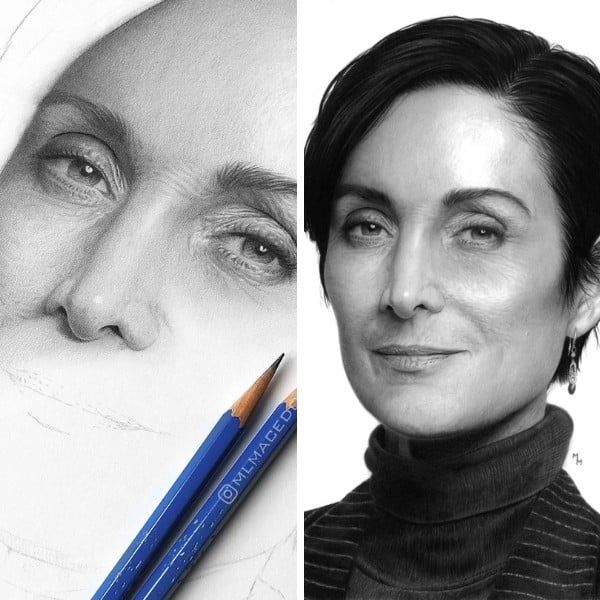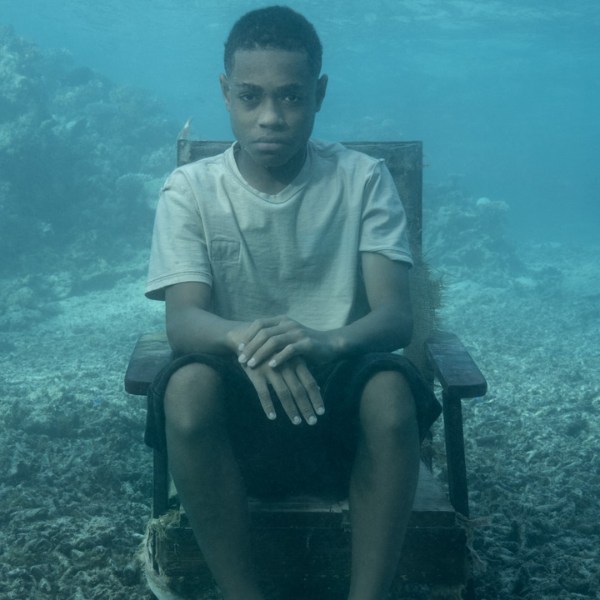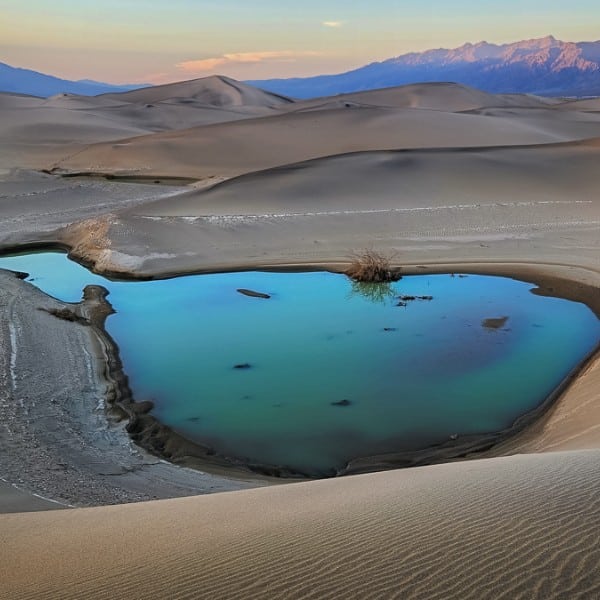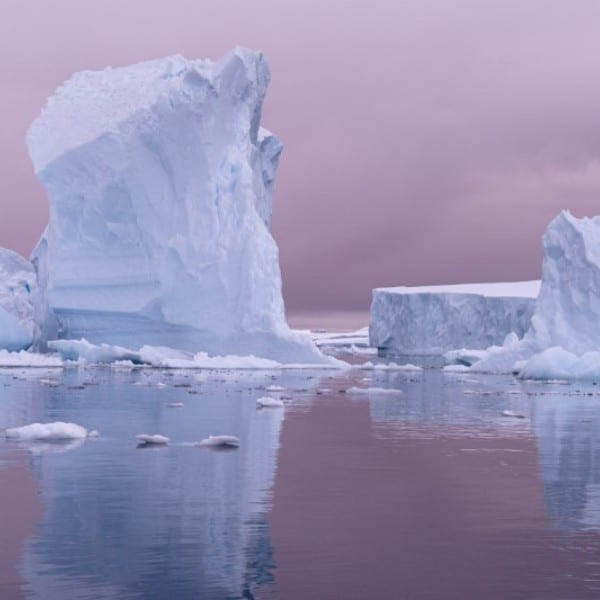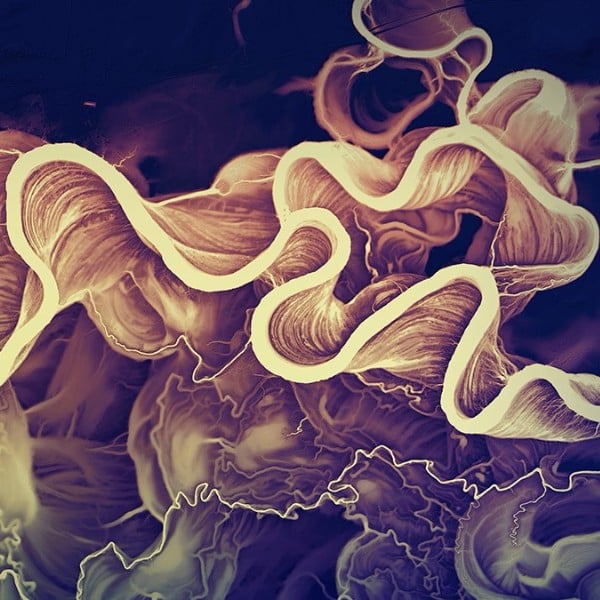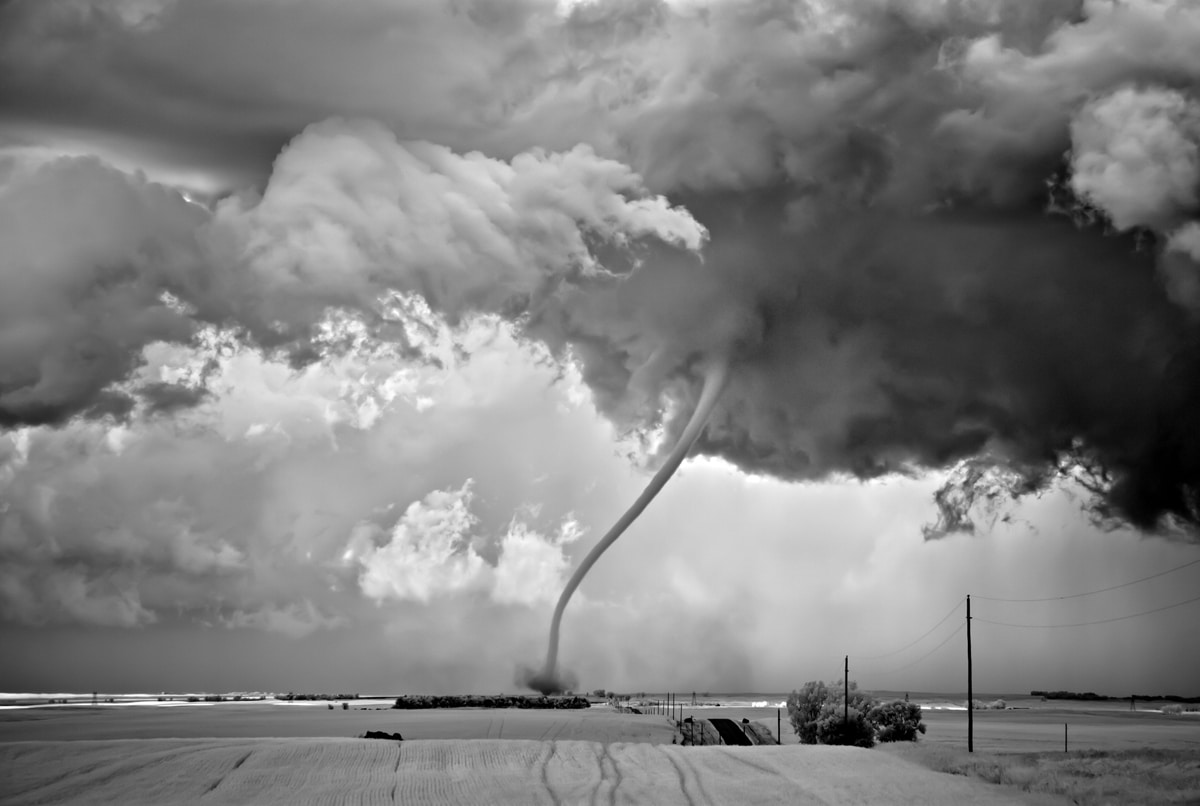
For fine art photographer Mitch Dobrowner, nature is the ultimate muse. Inspired by the great landscape photographers of the past—from Ansel Adams to Minor White—Dobrowner crisscrosses the United States chasing down storms and memorable landscapes. By shooting in black and white, Dobrowner's images take on a classical feel that allows viewers to focus on the powerful shapes that nature creates.
Incredibly, after spending much of his early life immersed in photography, Dobrowner put his camera down as the responsibilities of raising a family took over. Luckily, about 15 years ago, he was inspired once again to pursue his passion and has become an award-winning landscape photographer. Particularly known for his storm chasing photos, his dedication to fine art photography has distinguished him from others in the field.
We had a chance to speak with Dobrowner about his creative inspirations, the thrill of chasing storms, and what it means to find success as an artist after taking such a long break. Read on for My Modern Met's exclusive interview.
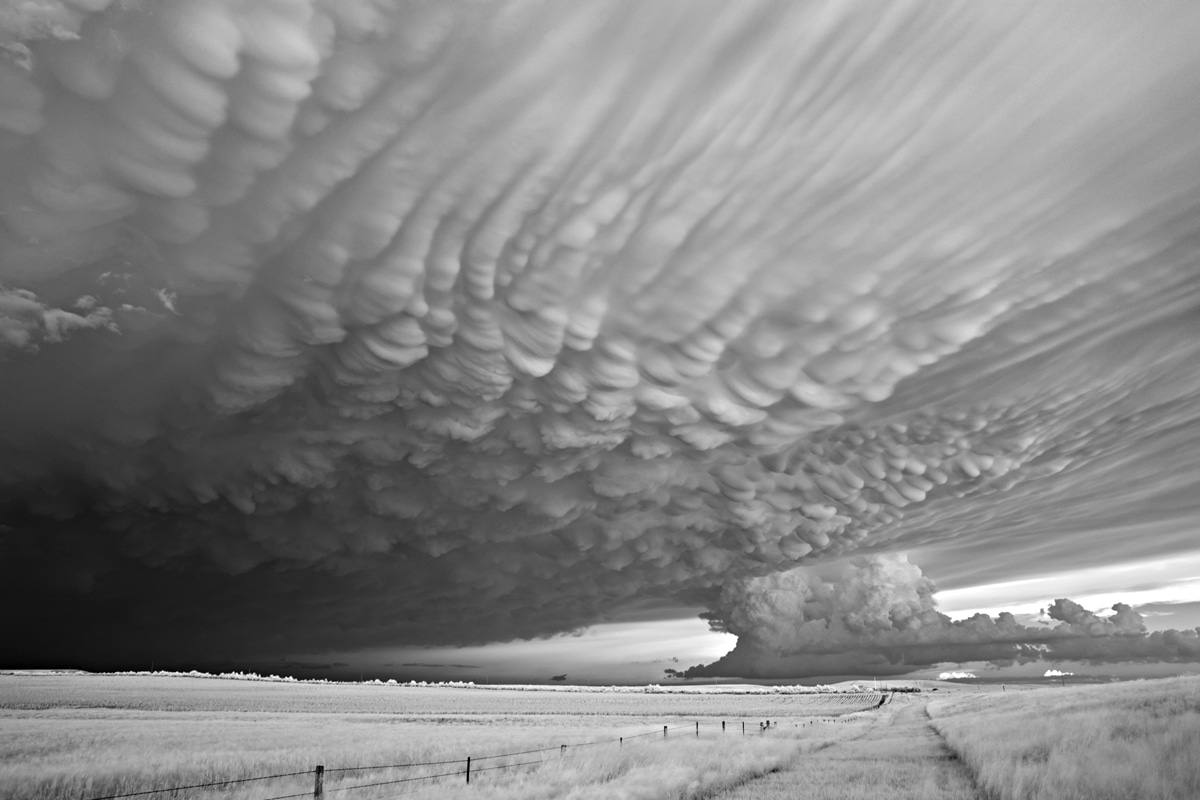
You've mentioned before that Ansel Adams was a big inspiration. What lessons of his do you try to instill in your own work?
The first time I picked up a camera I was 17; I quickly became addicted. As I was searching for who I was and what photography was all about, I eventually stumbled onto the images of both Ansel Adams and Minor White. They were the ones that inspired me in my late teens. I had never been exposed to photographic images such as theirs before then.
The first time I saw their work I was floored…it was at the Museum of Modern Art in New York City. It may sound a bit cliche, but the images left a major mark on my life. Their work was mind-boggling to me. Ansel was all about light, composition, making order out of disorder, being in touch with the environment while addressing all the technical aspects of photography. Ansel’s books The Camera, The Print, and The Negative became my bibles. And even today, when I look at a great Ansel Adams print or book, my world turns upside down.
Minor White's images were all about using light and shadow in compositions. I became infused with his images and because of that, I began experimenting with surreal abstract forms and closely watching how light would move across an environment. There will never be another Ansel Adams. There will never be another Minor White. I owe much to these great photographers of the past, especially Ansel Adams, for their dedication to the craft. Their dedication, determination, craftsmanship, and vision still inspire me. Though I have never met them, they helped me determine the course my life would take.
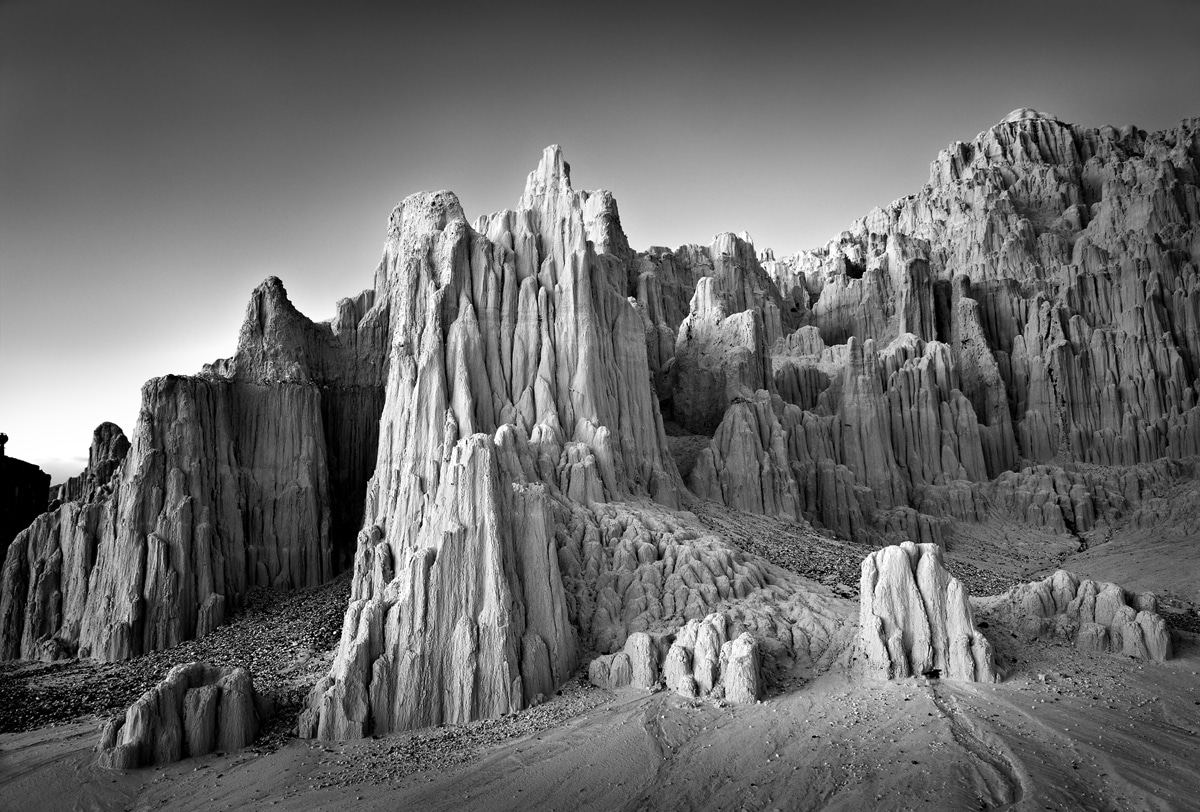
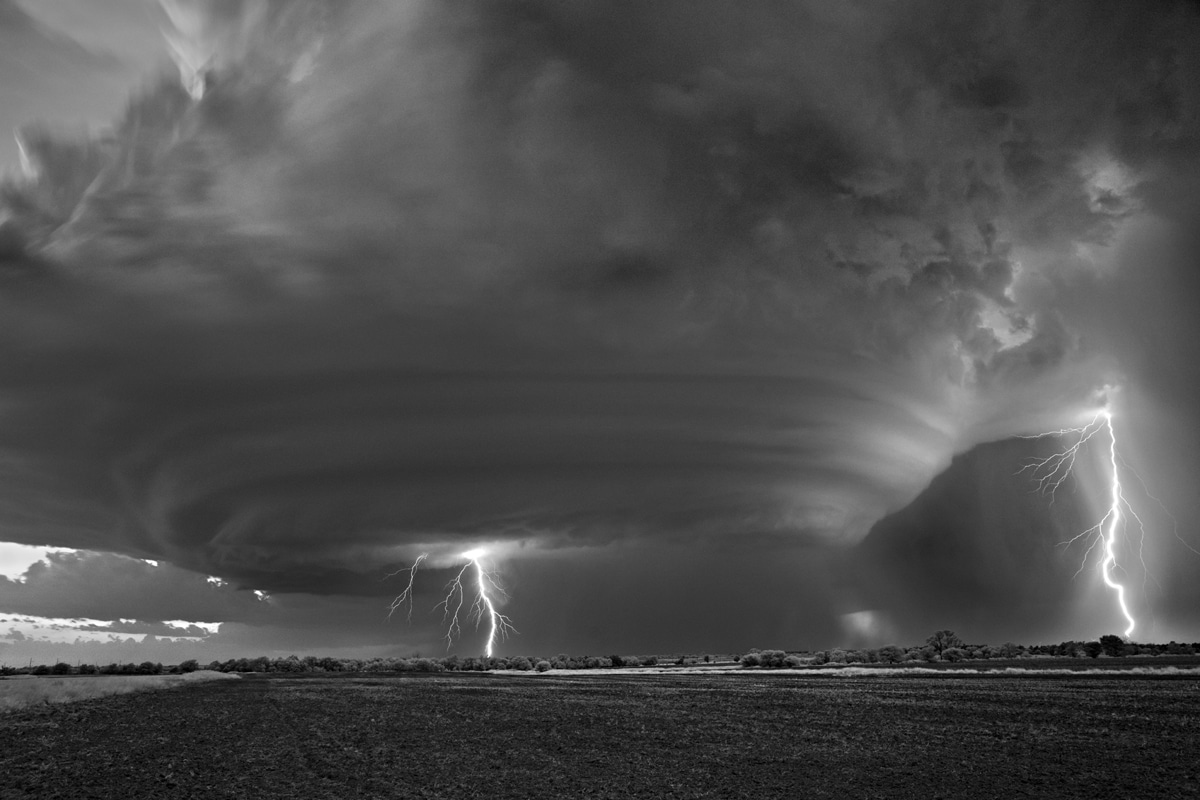
Is that where the stylistic choice to shoot in black and white comes from or did something else motivate that choice?
It's pretty simple—black and white interprets reality in a way that I “see” as a photographer. My wife, who is a designer and painter, always teases me and says I’m color blind. But I’m not–I just know the names of all the colors. How do you describe terracotta if you don’t know the name of that color? And the only time I see in color is when I’m listening to music. I see music/orchestrations in their various tones. Not sure why…but it's what I see.
Color work also seems too realistic and “every day” to me. It’s what I see every time I look around, so it's boring to me. I also get bombarded with color imagery, whether it’s over the internet, on TV, billboards, movies, magazines, etc. I’m pretty visual, so most of it just leads to sensory overload. So I decided to leave color photography to the great color photographers out there. I also see black and white prints as my final vision, the final product. The JPGs on the internet are only a proxy of that final vision. As an artist, I love the aesthetic and technical challenges of generating museum-quality black and white printing.
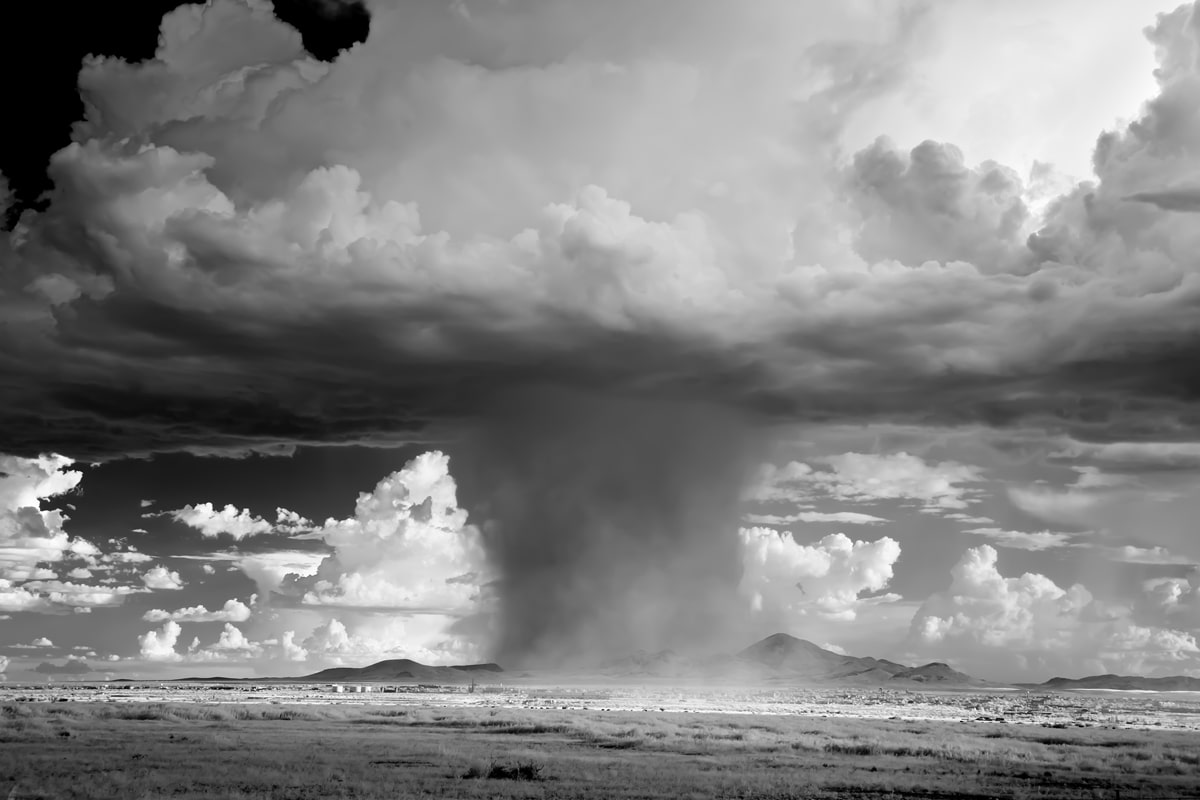
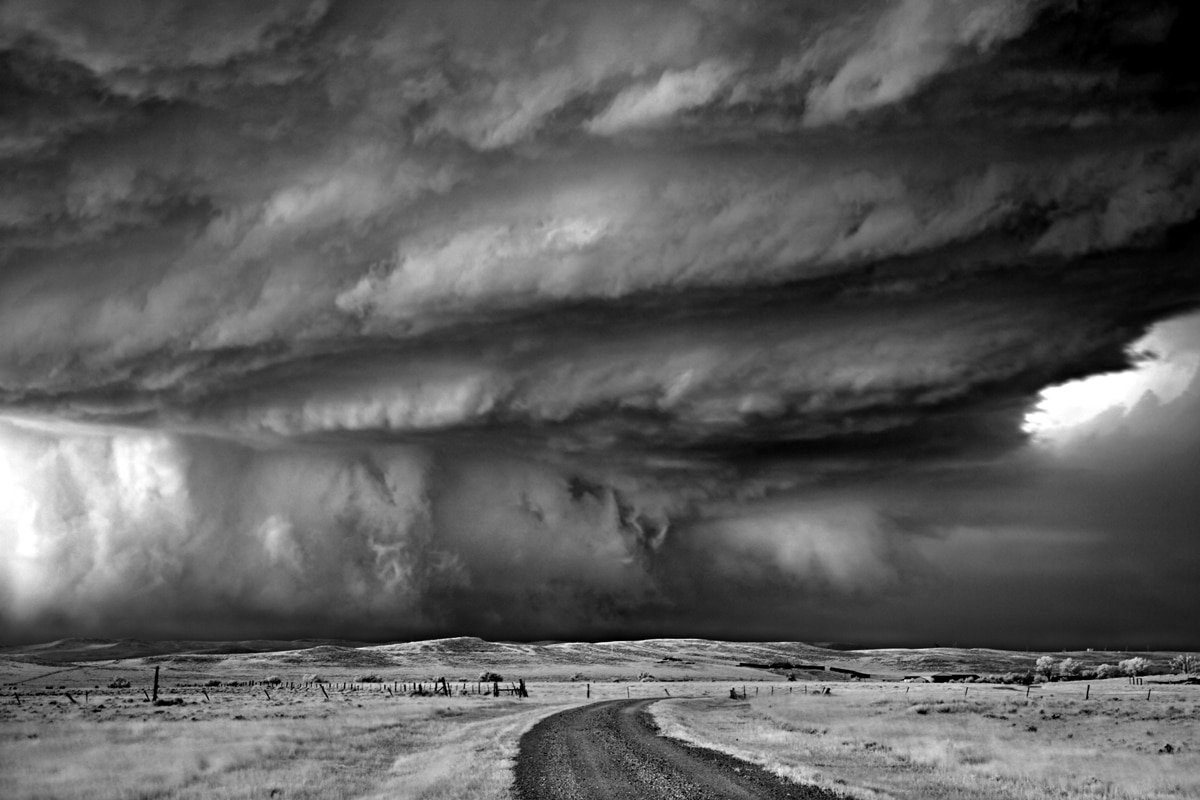
Many people have heard of storm chasing but aren't really sure how it works. What sort of research goes into finding these storms? I imagine you have to be ready to pick up and go at a moment's notice.
In terms of finding storms, when on the road there is a combination of hardware tools and applications that Roger Hill, my friend and guide, will use. Most of the software uses NOAA/Doppler data as a means for tracking what’s happening within a storm. There are also weather forecasting models that can be accessed.
In regards to photographing the storms, it's kind of a hybrid between shooting a quiet landscape and a sporting event. Compositions are constantly changing, the light is changing, there’s wind, there’s noise, there’s a lot going on and you have to stay focused. Sometimes you drive 500 plus miles and drop your tripod and the perfect composition happens the second you drop it; sometimes nothing happens until half an hour later. Sometimes nothing happens at all. With Roger as my guide, over the past 11 years, I've calculated that we have driven over 70,000 miles chasing storm systems. Sometimes we'll chase every day, sometimes there's nothing going on and we sit for days—it's the ultimate road trip. So I've learned that patience is truly a virtue.
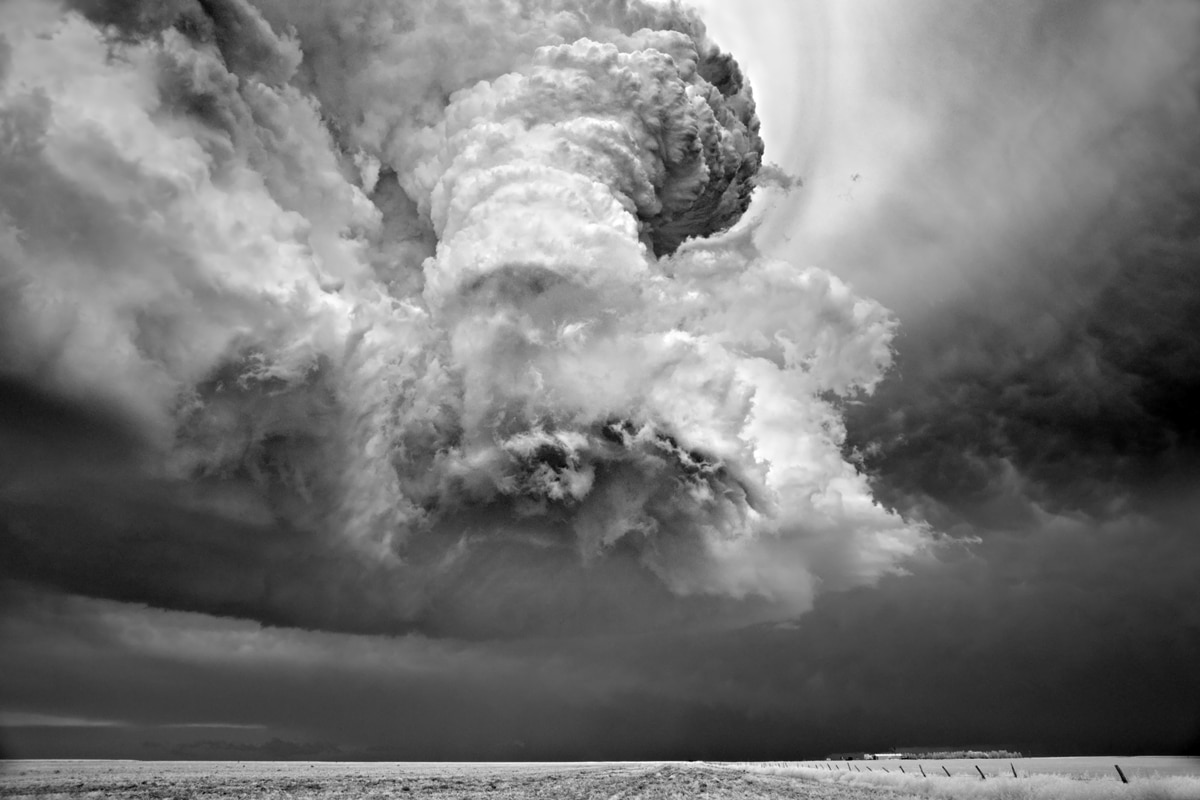
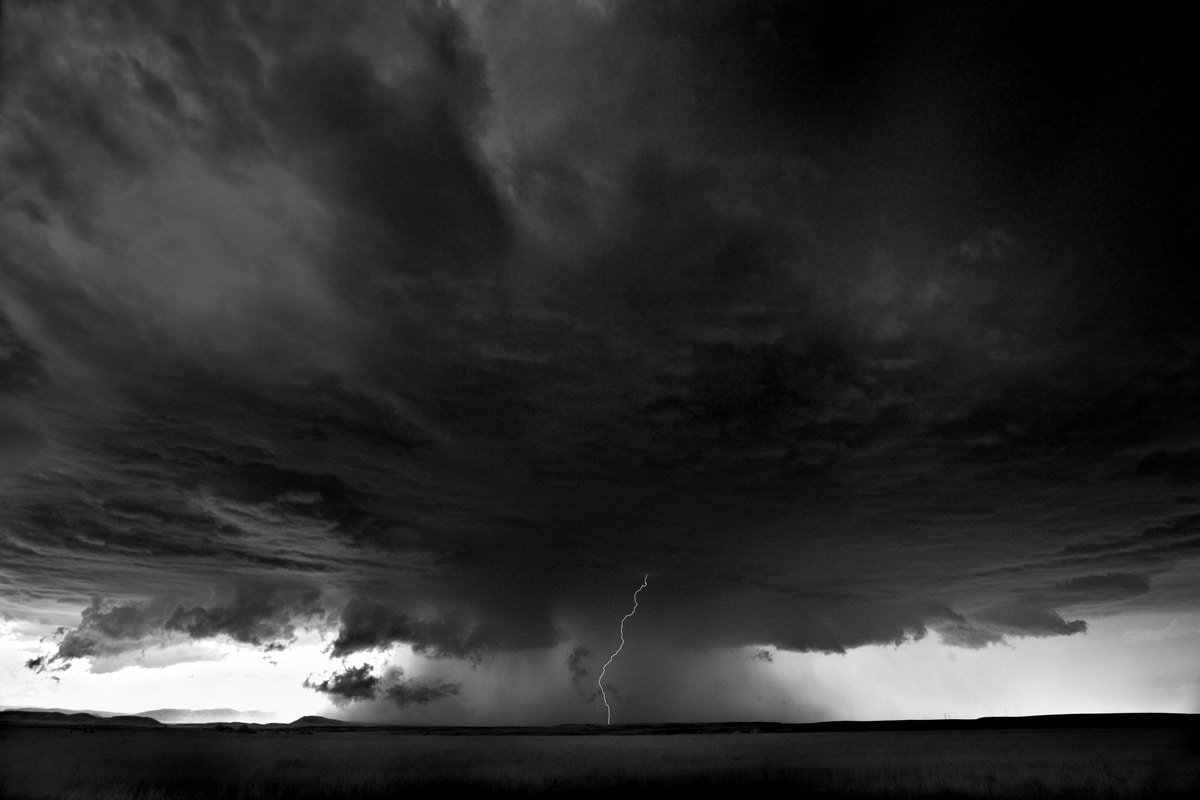
As a photographer, what inspires you about photographing storms?
I think it's the unexpected things that Mother Nature throws at you, especially when a storm is approaching. It’s a surreal sight. I experience a storm as a living, breathing entity—much like a person. It’s born when the conditions are right, at birth it is fragile—it can die quickly—but once it decides it’s going to live it can turn unpredictable. It can become violent, as it matures it can take various forms. It can become a supercell, become rain-wrapped, show a wall cloud, become a tornado, etc. And, as it ages, it will eventually die. No two storms are born in the same exact way and no two storms will ever look—or act—the same. So I just try to capture a portrait of these amazing phenomenons and how I feel standing in front of them. I'm trying to do the best I can.
Photographing storms has also made me a better photographer and person. I've learned how to better quiet my mind and concentrate. Because I never really know what the particulars of a storm are going to be until I step out of the van I have to stay focused. There are so many elements that can easily break your concentration—the noise, wind, the people around you. Over the years, I've learned how to get into a type of Zen state while photographing. I don't do a lot of drugs, or any drugs actually, but standing in front of a giant supercell is such a great high, it's hard to explain. In fact, before chasing after these storm systems I never even realized that Nebraska was next to Wyoming or that Kansas was next to Colorado! So seeing the country and meeting the people has also been an inspiration.

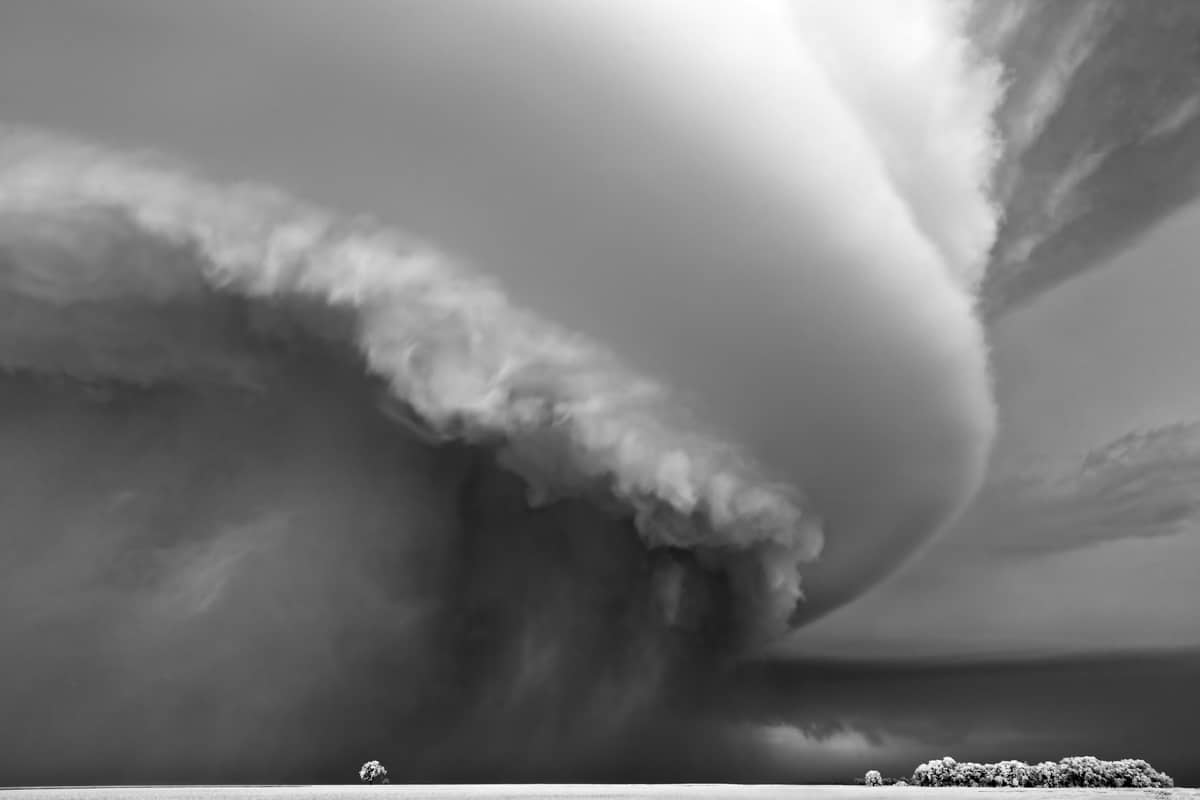
What's the biggest challenge while storm chasing?
It's about getting to that “happy place” and then exercising my focus. The biggest challenge has always been clearing my mind from the daily deluge of information and “life” that always gets in the way of me “seeing”. It usually takes me a few days before I can even pick up my cameras. As my mind clears and I get in touch with the subject that I'm to shoot, be it storms or desert landscapes. I'd explain it like being outside in the bright sunlight and then walking into a dark room. The moment you enter the room you can't “see” anything, but as your eyes adjust you begin to “see” again. That ability to “see” is the most important aspect of photography to me, everything else is secondary. I know I'm ready to start to photograph again once my mind has cleared, as it's only then that I feel grounded and can finally hear my heart beating again.
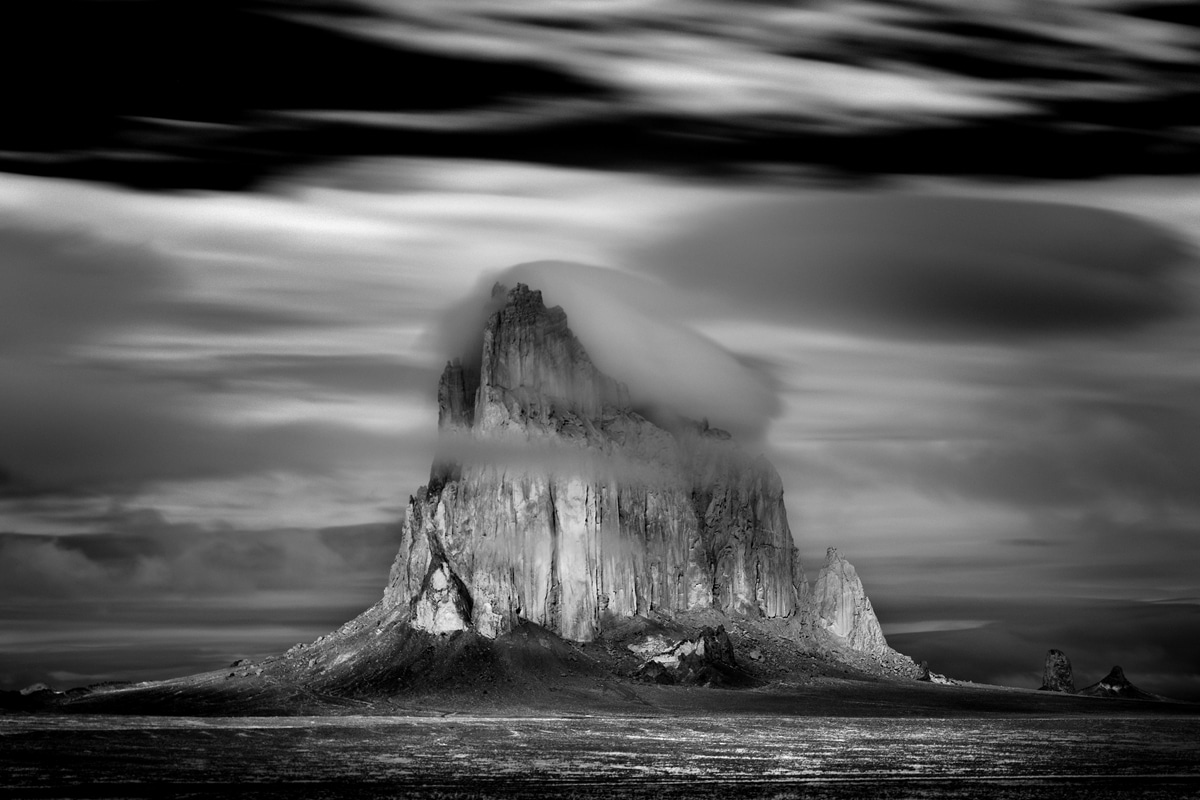
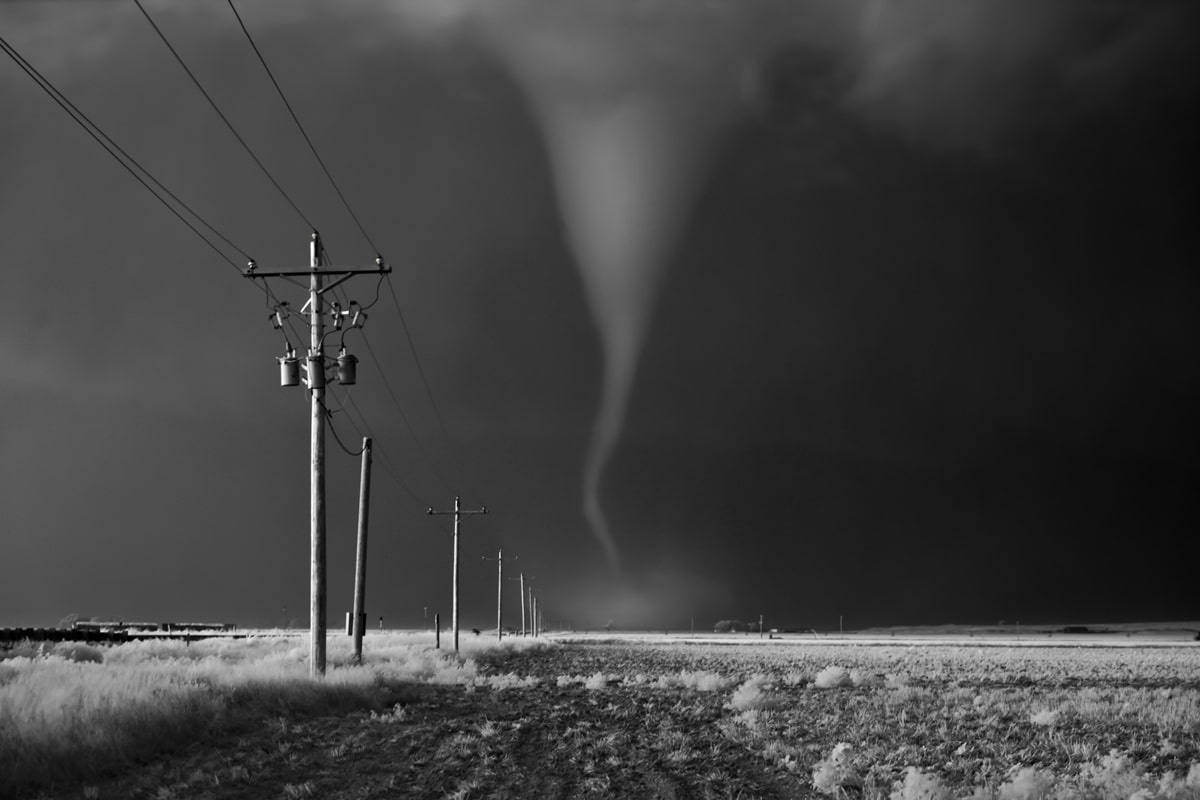
You stopped taking photos after you got married and only later picked up the practice again in 2005. What does it mean to you to see your work have such success now?
I feel very very fortunate to have people react to my work—it's extremely humbling and exhilarating at the same time. It also chokes me up most days as it's like a dream come true. Although I’m happy about some of the accolades I've had in the past, the part I like the most is the recognition that black and white landscape photography has gained as a force again. And that’s not for me, but for the thousands of great black and white landscape photographers in the world.
I think people sometimes think that the work of Ansel, Minor White, or Edward Weston was the end of the era of great black and white landscape photography, but I believe that there are others out there that can expand on their point of vision and foundation—and carry that torch to the next level. I know that this is what Ansel and the others would want. In regards to the “now,” yes… I hope that I’m able to advance on their legacies but that is not my intent as that’s a pretty tall order. I’m only a normal person who lives in his own bubble but happens to like photography and uses it as an expression of who I am. If the images raise awareness, that would be wonderful, as I'm concerned about the environment—especially the American Southwest. And if one of my images influences someone to reconsider taking their ATV out and riding it out over a pristine desert floor or spraypainting graffiti on a rock (which I see often)… and that saves just one pristine landscape—well then I’ve accomplished something.
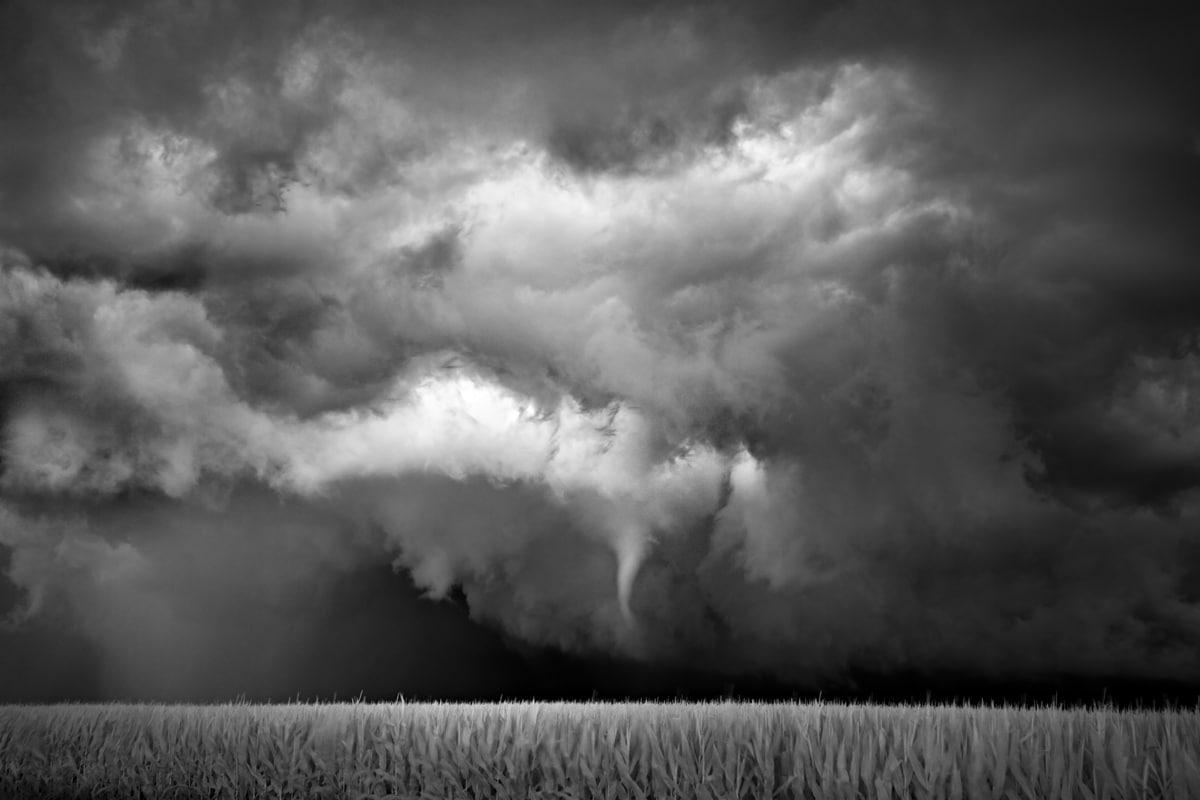
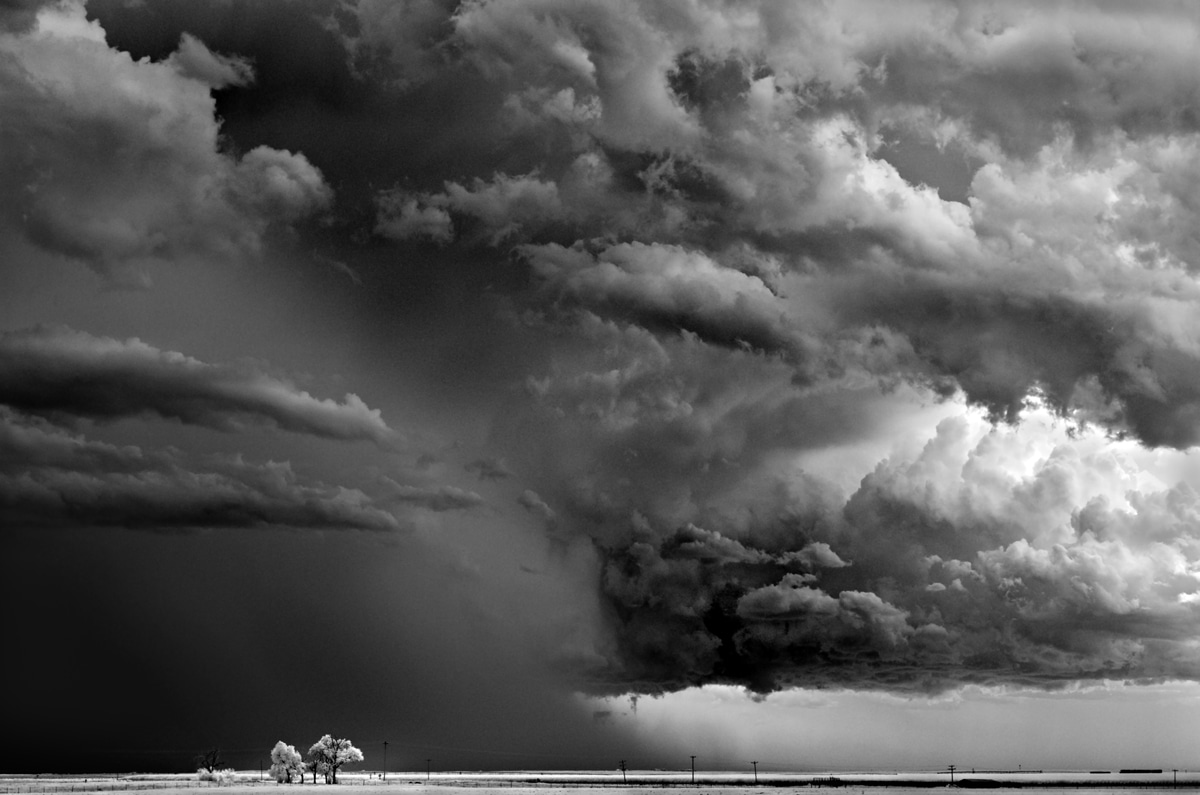
What advice would you give other people who are looking to reignite their passion for photography?
Photography inspires me to continue to advance and improve as both a person and an artist—and I feel equally passionate about how art represents a quiet place—a place that can inspire and allow people to get back in touch with themselves and their priorities. Art has always had an intrinsic value and, as with music too, is a staple and foundational piece of society. It has been a part of us since the beginning of mankind. It's important that art continues to evolve and inspire…. especially now with the changes in our society (and how it will affect future generations). But art represents that quiet place, a place that can inspire and allow people to get back in touch with themselves. It's important that art continues to evolve and inspire mankind, especially now. That passion to improve yourself and express how you can somehow improve the world for future generations, through your art, should alone reignite people.
